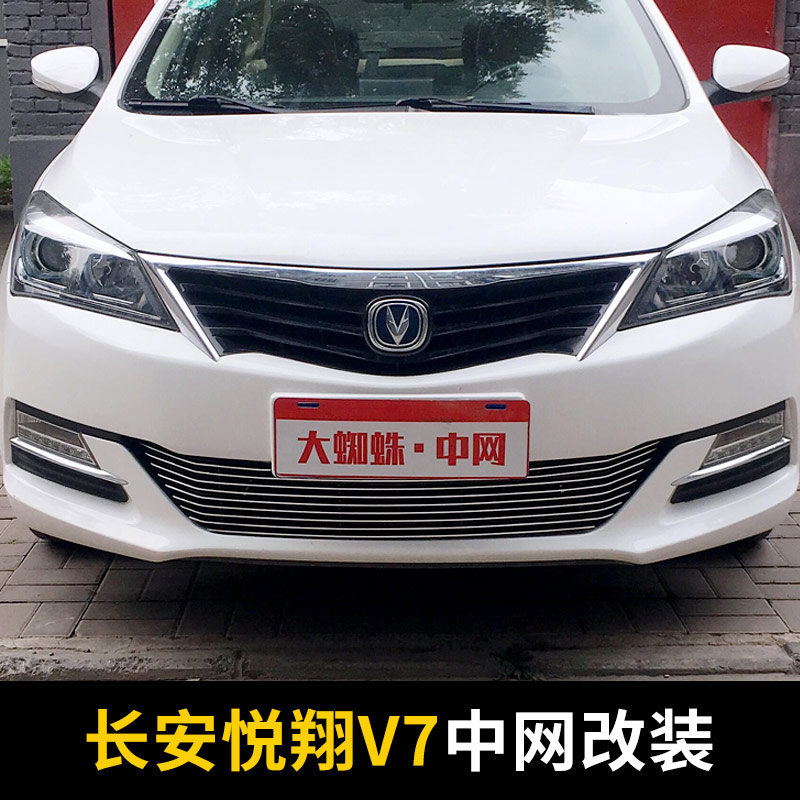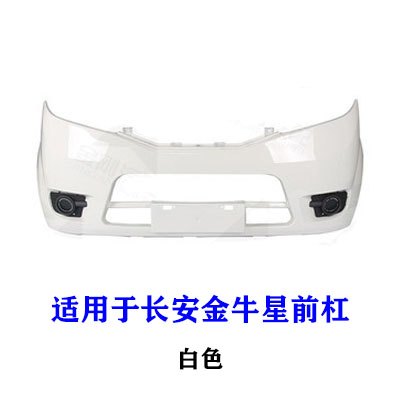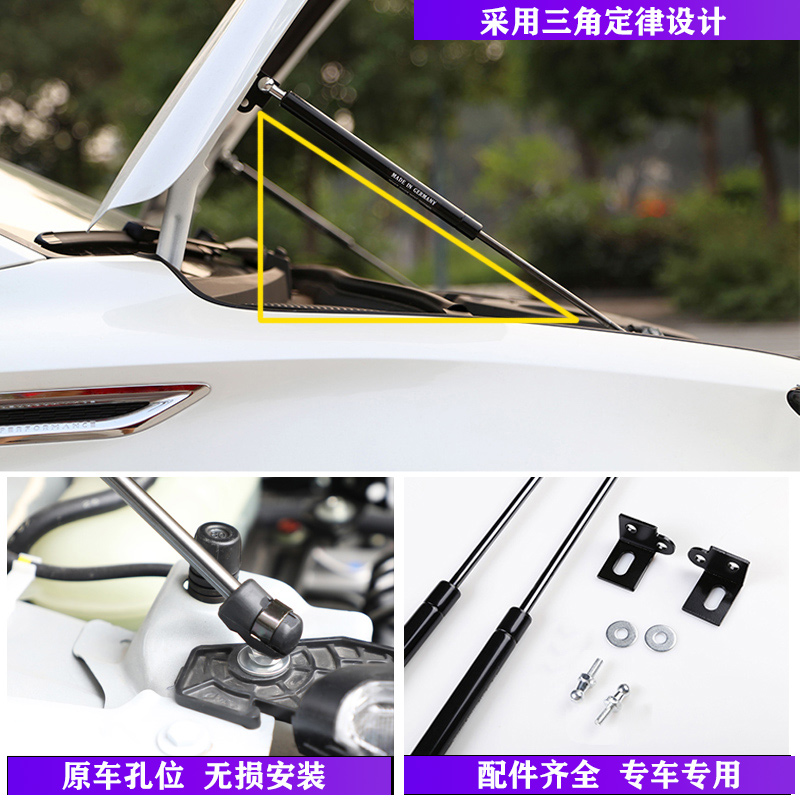NASA developed a ventilator to treat COVID
NASA gets things done.
The National Aeronautics and Space Administration announced Thursday that, in just 37 days, it has successfully developed a prototype ventilator that can be used in the treatment of COVID-19 patients. The so-called VITAL — an acronym for Ventilator Intervention Technology Accessible Locally — still needs FDA approval, and is intended to free up more traditional ventilators for severe COVID-cases.
"We specialize in spacecraft, not medical-device manufacturing," NASA's Jet Propulsion Laboratory Director Michael Watkins explained in a press release. "But excellent engineering, rigorous testing and rapid prototyping are some of our specialties."
Notably, the VITAL device is not the slightly altered BiPAPs and CPAPs — more traditionally used to treat sleep apnea — donated by Elon Musk. It is designed to be used in an invasive manner, although it won't last as long as a more traditional ventilator.
 There it is.Credit: Nasa
There it is.Credit: Nasa"Like all ventilators, VITAL requires patients to be sedated and an oxygen tube inserted into their airway to breathe," explains NASA. "The new device wouldn't replace current hospital ventilators, which can last years and are built to address a broader range of medical issues. Instead, VITAL is intended to last three to four months and is specifically tailored for COVID-19 patients."
Notably, according to NASA, the VITAL was "designed to use parts currently available to potential manufacturers but not compete with the existing supply chain of currently made ventilators."
This is a crucial aspect of the design, as ventilator manufacturer Dräger explained to Mashable in March.
"New production lines would only generate additional output if the supply industry were also doubled," noted spokesperson Melanie Kamann, "which is impossible in the short term from the perspective of regulatory qualification."
By using non-traditional components, the NASA team appears to have found a way around this very real constraint.
SEE ALSO: Ventilator manufacturers aren't impressed by Elon Musk's offer
So what's next? Now that the ventilator is designed, the question is if and when it will go into production. The Office of Technology Transfer and Corporate Partnerships at Caltech is offering a free VITAL license, and is in the process of contacting the medical industry to see what companies are interested in manufacturing the device.
Hopefully a company bites.





